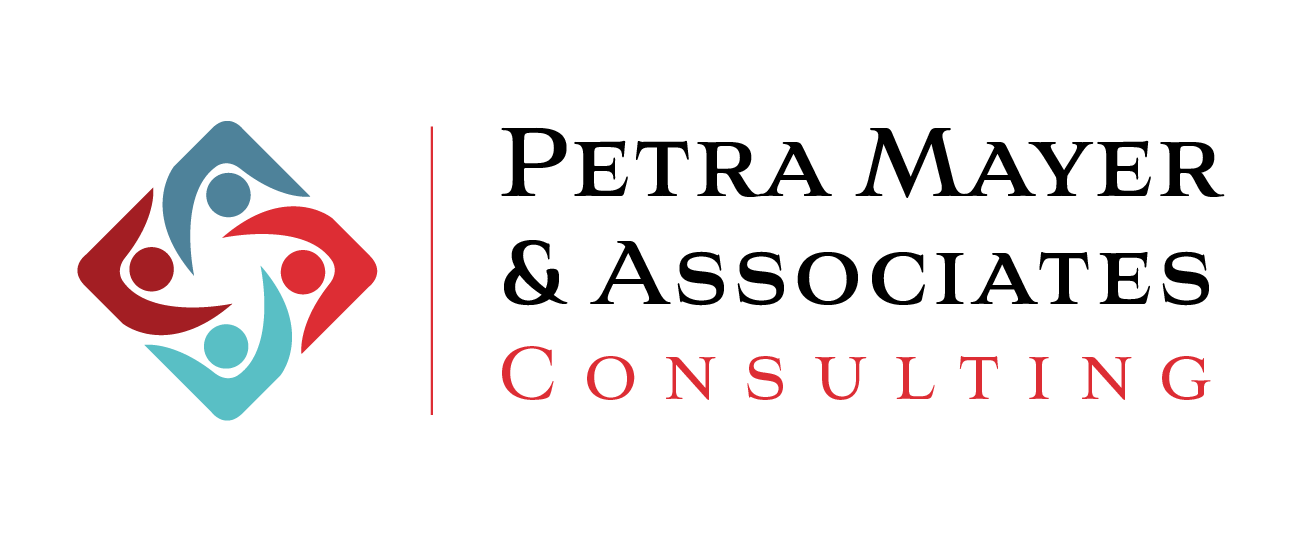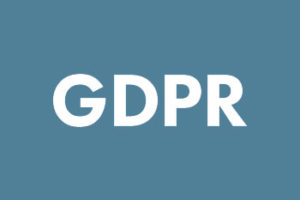Transcription
In this case study, we discuss the implementation of an LMS for a nonprofit organization and subsequent training rollout.
The Situation
The company used to deliver its training programs through instructor led face to face training interventions, usually lasting five days. For that purpose instructors had to travel to developing countries. This modality stopped immediately due to COVID and the organization had to look for alternative training delivery options.
As the first solution, the training modality was adapted to instructor led synchronous sessions via zoom. However, this modality was not an ideal solution for the type of training content. It required training sessions of six to eight hours for five days, and attendees had difficulty to stay focused. Additionally, attendees in developing countries often experienced network issues. Time coordination across time zones started to complicate the learning process in terms of attendance and effectiveness. Priorities of participants started to interfere with their learning experience. Materials needed to be sent, and there were some issues with regards to logistics. The interactivity in conversations with instructors was limited.
At the same time, the company acquired an LMS and sought our help for the implementation of the system as well as training support. The first contract was focused on the implementation of the learning management system. However, the following projects emerged as the analysis advanced and new needs were discovered.
Internal training was necessary for staff, the learning managers, through a virtual instructor led modality that eventually evolved to an E-Learning course, and training for external subject matter experts was implemented as well, so they understand scope and limitation of the LMS. The third project called for content creation, that included development of course templates and creation of standards. Finally, a follow up and further support was provided until the team members had the confidence to master the LMS operations.
The Challenges
Although the organization had the idea of what to do, there were also several challenges ahead. There was a general hesitation of staff to transition into virtual training, which required coaching and personal support the organization needed to develop standards for future courses. While honouring the expertise of course creators, we developed a template for a specific topic that can be incorporated in a modular way into programs going forward.
As the organization experienced some staff turnover, especially in the primary course creator and LMS administrator team, support was required to onboard new team members over time. My role included the support to implement the selected LMS D2L Brightspace in collaboration with internal team members, and software consultants. As an extension to the team, I provided coaching and personal support.
Most of the trainers were used to in person training delivery, and the online training delivery was a new experience. We provided a training for internal staff, and subject matter experts in response to these challenges. This training was later relaunched as an E-Learning course for future reference, and as a refresher.
The Process
In total, I worked with this client over two years as the work developed over time. In the first project of the LMS implementation, several configuration points were discovered, based on a thorough analysis led by the software supplier, we needed to define the organizational levels and structure as well as the different roles and permissions.
Brightspace is a highly customizable LMS and an organization might need guidance in addressing the internal needs to adapt to their own learning culture and population. For example, it is important to define how the information will be displayed so they can reinforce the brand. In this case, we created a range of templates to be available for course creators that guarantee consistent design.
A holistic training was necessary for internal staff, the learning managers in charge of the future content creation. The first mission is a sensibilisation of how the end user will experience the LMS so they can think about all the possibilities when creating future content. Secondly, they needed to learn about how to create the desired learning experience.
Another key step in this journey was the training to external subject matter experts so they can be aware of the capacity and limitations of the LMS and be supportive members of the learning teams. Lastly, we needed to transition this training into asynchronous elearning so that future staff can also be onboarded to the LMS with ease.
Due to the amount of learning programs offered throughout the year, and to optimize efficiencies for content creation, we created a templated program around one of the key training topics, so it can be incorporated into future courses in a modular fashion. Due to staff turnover, we provided ongoing support to the client in a variety of ways as a backup for the course developers and any LMS related challenges. As new staff joined we also supported the training needs.
During the over two year contract, we delivered on a variety of objectives. To summarize the results, the chosen learning management system was implemented within the agreed timeframe of roughly six months. This included the development of extensive templates to support and ease the course development process. We trained the entire internal team and provided elearning content for external subject matter experts and future staff. We built out an extensive program in a modular fashion for a high demand training unit that is available for course creators.
The Result
The result is that the client can support the delivery of over 80 annual programs on the LMS and has now expanded to offering asynchronous E-Learning and certification programs. If you are considering a complex LMS implementation and course rollout project and need support from concept to delivery, please reach out. We would be honored to support you.

